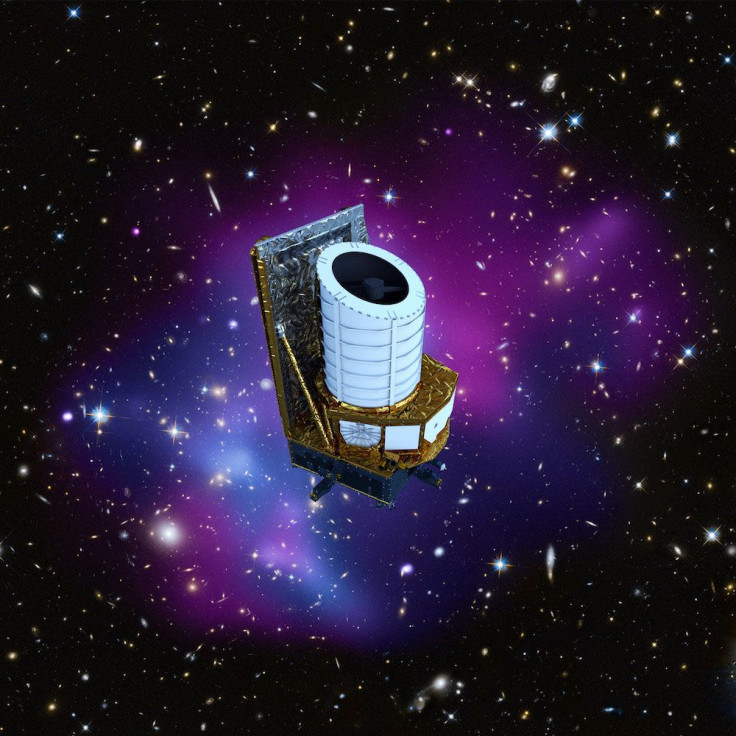ESA Preparing To Launch Euclid Mission To Study Dark Energy

KEY POINTS
- The ESA is preparing to launch a new satellite mission in 2022
- The mission is made possible through a partnership with a commercial provider
- The Euclid mission will study the effects of dark energy on the universe's expansion
The European Space Agency (ESA) is preparing to deploy a new satellite with the commercial launch service provider Arianespace. The main objective of the satellite is to observe the universe’s expansion by studying dark energy and dark matter.
The upcoming mission has been dubbed Euclid, named after the Greek mathematician and father of geometry Euclid of Alexandria. Together with its France-based commercial partner Arianespace, the ESA is targeting to launch the Euclid satellite sometime in 2022.
The Euclid satellite will be launched with the mission to gather data regarding the expansion of the universe, which scientists believe is being driven by a mysterious cosmic component known as dark energy. Aside from this, the satellite will also analyze the effect of dark matter on the growth and evolution of cosmic structures and objects.
“Euclid will scrutinize the very nature of our Universe, shedding light on its dark side – the mysterious dark matter and dark energy – and building up on the great progresses made in cosmology over the past decades, which were recently recognized with a share in this year’s Physics Nobel Prize,” Gunther Hasinger, the ESA’s Director of Science, said in a statement.
For the mission, the ESA is planning to launch the satellite through the Ariane 62 vehicle or Soyuz spacecraft arranged by Arianespace. It will be launched from a spaceport in French Guiana.
“With the goal of better understanding our Universe, launching this mission aboard an Ariane 62 or Soyuz is further proof of Arianespace’s ability to offer independent access to space for Europe’s ambitions,” Arianespace’s Chief Executive Officer Stephane Israel stated.
After liftoff, the Euclid satellite will position itself to orbit the Sun from a distance of about 1.5 million kilometers beyond Earth’s orbit. From there, the satellite will collect vital data related to its mission. According to the ESA, Euclid will spend about six years in space.
The data that will be collected during the mission will be analyzed by almost a thousand scientists from the Euclid Consortium. Although most of the member scientists are from European countries, a team from NASA will also have the opportunity to study Euclid’s data.
© Copyright IBTimes 2024. All rights reserved.





















